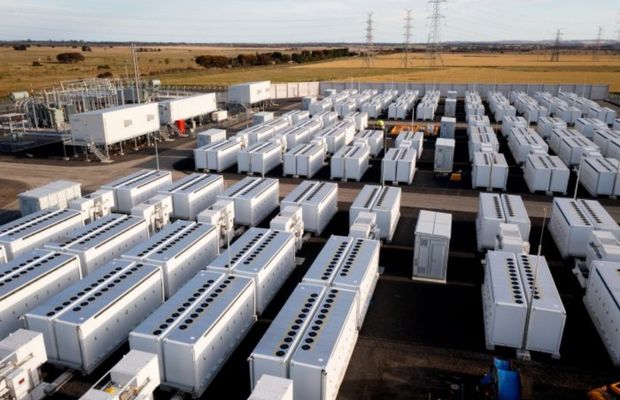Battery energy storage systems (BESS) are indeed pivotal in unlocking the full potential of renewable energy sources, such as solar and wind power, which are integral to the global shift towards a sustainable and resilient energy future. Here’s how battery energy storage systems serves as a key enabler in this transformation:

1. Overcoming Intermittency and Variability
Renewable energy sources like solar and wind are intermittent by nature, producing energy in a variable pattern that doesn’t always match demand. battery energy storage systems can store excess energy generated during peak production times and release it when there is low production or high demand, thus mitigating the intermittency issue and ensuring a consistent and reliable supply of electricity.
2. Enabling Grid Stabilization
The variability of renewable energy can pose challenges to the stability of the power grid, which requires a constant balance between supply and demand. battery energy storage systems can provide essential services such as frequency regulation and voltage support, rapidly responding to fluctuations in the grid to maintain stability and prevent outages.
3. Facilitating Distributed Energy Systems
Battery energy storage systems enables the development of distributed energy resources (DERs), which are small-scale electricity supply or demand resources interconnected to the grid at distribution levels. By storing energy locally, battery energy storage systems allows for more efficient use of renewable energy at the point of generation, reduces transmission losses, and enhances energy independence for communities and businesses.
4. Improving Energy Security
By reducing reliance on fossil fuels and enabling a greater use of local renewable energy sources, battery energy storage systems contributes to energy security. It provides a buffer against fuel price volatility and supply disruptions, while also enhancing resilience to climate change impacts and other external shocks.
5. Supporting the Decarbonization of the Energy Sector
Integrating battery energy storage systems with renewable energy sources is crucial for reducing greenhouse gas emissions from the energy sector. By maximizing the use of renewables and displacing fossil fuel-based electricity generation, battery energy storage systems plays a direct role in the global efforts to achieve carbon neutrality and combat climate change.
6. Economic Benefits
Battery energy storage systems can also offer economic benefits by enabling energy arbitrage (buying electricity when prices are low and selling when prices are high), reducing peak demand charges for businesses and utilities, and decreasing the need for investment in new fossil fuel-based power plants to meet peak demand. Additionally, the growth of battery energy storage systems market creates jobs and stimulates economic activity in the clean energy sector.
7. Accelerating the Electrification of Transport
Battery energy storage systems are crucial for the electrification of the transportation sector, providing the necessary infrastructure for efficient electric vehicle (EV) charging. Furthermore, through vehicle-to-grid (V2G) technologies, EVs can act as mobile energy storage units, contributing to grid stability and energy storage capacity.
Future Outlook
The potential of battery energy storage systems is immense, with ongoing advancements in battery technologies promising to enhance efficiency, reduce costs, and extend lifespan. Innovations such as solid-state batteries, advanced lithium-ion chemistries, and alternative battery materials are expected to further improve the performance and economic viability of energy storage solutions.
The continued growth and integration of battery energy storage systems, alongside supportive policies, investments in infrastructure, and advancements in smart grid technologies, are essential for unlocking the full potential of renewable energy. This will not only pave the way for a sustainable energy future but also ensure a resilient and efficient power system capable of meeting the demands of the 21st century.
